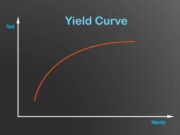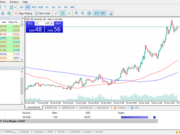What is ‘X’
1. A Nasdaq stock symbol specifying that it is a mutual fund.
2. A symbol used in stock transaction tables found on the internet and in newspapers to indicate that a stock is trading ex-dividends or ex-rights.
Explaining ‘X’
1. Nasdaq-listed securities have four or five characters. If a fifth letter appears, it identifies the issue as other than a single issue of common stock or capital stock.
2. Typically after a dividend is paid or a right is distributed, a stock’s price will drop by a similar amount. Because of this, it’s important for investors to be aware of when a distribution is made so that the depreciation in price is not mistaken for something else.
Further Reading
- Power laws in economics and finance – www.annualreviews.org [PDF]
- An Analysis on Chinese Commercial bank's X-efficiency [J] – en.cnki.com.cn [PDF]
- An empirical comparison of published replication research in accounting, economics, finance, management, and marketing – www.sciencedirect.com [PDF]
- Modeling bond yields in finance and macroeconomics – pubs.aeaweb.org [PDF]
- Variable rare disasters: An exactly solved framework for ten puzzles in macro-finance – academic.oup.com [PDF]
- Solving fuzzy equations in economics and finance – www.sciencedirect.com [PDF]
- Chaos in economics and finance – www.sciencedirect.com [PDF]
- Internal finance and growth: Microeconometric evidence on Chinese firms – www.sciencedirect.com [PDF]
- Trends in park tourism: Economics, finance and management – www.tandfonline.com [PDF]


































